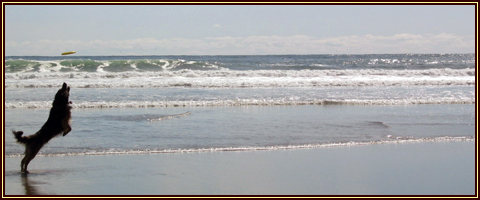How To Get A High Price For Your Pony
Monday, October 29th, 2012It is a fast world, made faster lately by the Net. People purchase and sell things sight unseen, and this includes horses. I have personally done both and with invariable success.
Are you baffled that you haven’t been able to sell your horse even though you have gone to great lengths? You are well aware that he’s just about a horse without blemish, physical, mental or any other. He handles great, rides like a dream and if there had been ever an equivalent to a sea horse posture, it is him. The way that he gleams with health in the sunshine, you virtually need eye shades to look at him.
And with all those assets, you have priced him very moderately.
So why aren’t the buyers swarming you? You can be assured it is no fault of the pony. Now scan the photos and videos of your pony you have published in your mind’s eyes. They’re very candid pictures and videos of your horse doing just about everything he normally does. They show him at his best, his worst and at every stage between.
It shows you haven’t understood buyer psychology. People desire pictures and videos that show only the very best sides of whatever they can buy. They don’t want to know about the way your pony sweats after a tough ride, about the way you clean out his stall each day, about the way his mane twists into tangled knots every time it blows. They want the pony they are going to buy to be sparkling clean and glittering every minute of the day, and that is the way they want your pictures to portray him.
So redo your pictures and videos. Ideally, shoot them when it is fall or late in the spring. These are times of the year when pony coats are their silkiest. Be careful about taking pictures and videos of young horses which are in the woolly stages. It is alright to show tons of hair as long as it is neat and well tended. Give your pony a refined look by clipping the feathers on his fetlocks. Trim the hair under his chin, because that stresses his jowl and improves his look. Clip bridlepath cuts so they do project upwards like a punk mohawk.
Take good care to shoot your photos and video utilising the perfect backgrounds. Obviously, you are endeavoring to sell your horse, not your range or some land nearby, but you must frame your horse against the right setting to get maximum visual impact. The 1st need is a clutter-free and distraction-free place. That suggests a natural, not man-made background without machinery and haystacks and barns.
Try to get a background that contrasts with your horse: if he is dark, choose a light colored background and vice versa. Take tons of photos. Only 1 in 100 may be a true masterpiece or something close. The rest may not be anything to get excited about. Snap your horse from both sides, standing really alert and glorious on all 4 feet.
This is sure to take time, but the final result will be truly worth the effort. When you. Show your pony in the clearest light possible you are making it easy for prospective buyers to decide whether he is just what they are trying to find.
Horses are Heather Tomspassion and she enjoys sharing her extensive knowledge through her 100s of articles with other horse lovers go here







